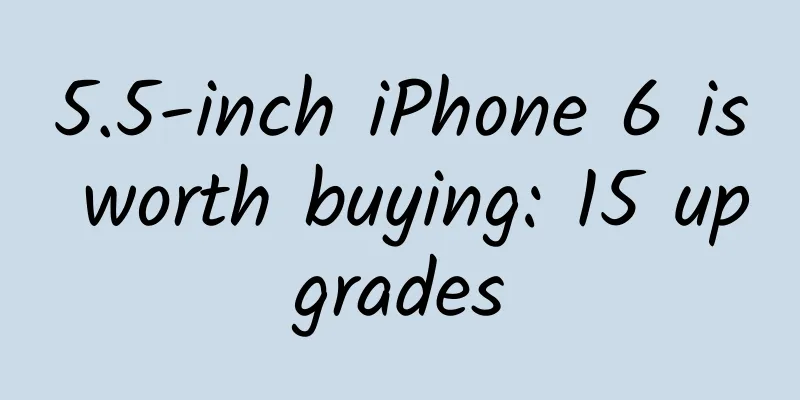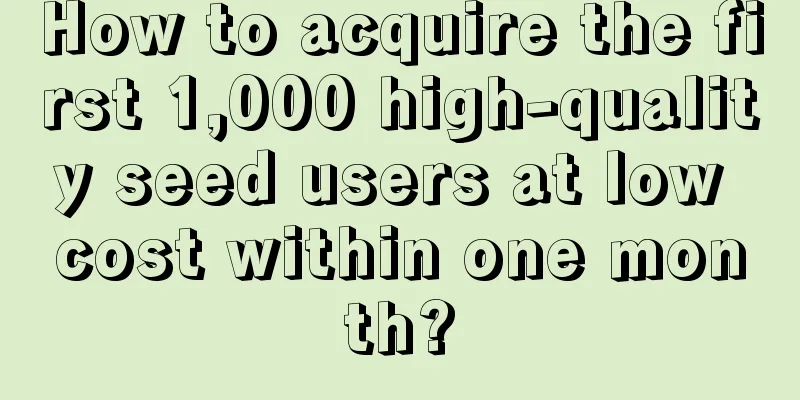【Android】I can’t describe this effect

|
Preface I recently received a request that made me feel embarrassed. (Here are some nonsense words) The required effect is like this, there is a floating part at the top, followed by some layouts, and several switchable Tab pages below, and then when you scroll~~blah blah blah blah~~ Let's just look at the picture directly The main thing is the suspension of the top and Tab, and the effect of being pushed down.
When I heard that this effect could be achieved, the kitchen knife in my drawer that I used to chop produce started to stir. Ideas Let's talk about the idea of implementation first. The above effect can be roughly divided into two parts: 1. Tab is suspended when scrolling up to the top The Tab will float at the top after scrolling~~ This effect can be easily achieved using CoordinatorLayout + AppBarLayout. (What? You still don’t know how to use these two controls? Well, you should be able to barely understand the following content) 2. Top suspension and the effect of being pushed away Just wrap a layer of FrameLayout outside the CoordinatorLayout, and then change the top layout to the top. Then monitor the scrolling of AppBarLayout and use topMargin to achieve the effect of being "pushed up" The split is complete, the next step is to realize accomplish
Use CoordinatorLayout, AppBarLayout, TabLayout, and ViewPager to achieve the floating effect of Tab
Set app:layout_scrollFlags="scroll|exitUntilCollapsed" in LinearLayout, but do not set app:layout_scrollFlags attribute in TabLayout Use app:layout_behavior="@string/appbar_scrolling_view_behavior" in ViewPager layout_scrollFlags: AppBarLayout attributes for Children View, with five values: scroll, enterAlways, enterAlwaysCollapsed, snap, exitUntilCollapsed. For specific usage, please refer to Android Detailed Analysis of AppBarLayout's Five ScrollFlags (I won’t go into details about the usage of CoordinatorLayout and AppBarLayout) Then, just add a few list fragments to ViewPager in the Java code to see the following effect (Note: the list cannot be ListView, you need to use RecyclerView) So far, most of the effects have been achieved. The final value just needs to achieve the effect of being pushed away.
At this time, the layout changes slightly.
On the basis of the original, a FrameLayout is set, and the floating part at the top can be realized by FrameLayout. This also causes the layout below to be partially covered, so an empty View with the same height as the floating part is added to the LinearLayout. The layout is completed, but how to achieve the "pushed away" effect? At this time, just listen to the scrolling of AppBarLayout in MainActivity.
Here, the margin value is calculated by monitoring the scrolling of AppBarLayout (when scrolling up, the verticalOffset value changes to: 0, -1, -2... -n-1, -n). By changing the topMargin, the "pushing away" effect is achieved. Take another look at the effect: Having reached this point, I quietly put away the kitchen knife I used to chop produce. Tips Problem: Scrolling is not smooth when using CoordinatorLayout Solution: You can write a Behavior and add it to AppBarLayout. Specific solution Problem: If you want to refresh the page, and you put a SwipeRefreshLayout outside of CoordinatorLayout, you may accidentally trigger a refresh~~ (experience it yourself) Solution: This problem can be solved by monitoring AppBarLayout and setting swipeLayout to Enabled.
|
<<: Android solves ListView loading picture flickering
>>: The fourth issue of the Aiti Tribe live class: How to quickly convert an H5 website into an App?
Recommend
[Farming in the 24 Solar Terms] Qingming: A good time to plant beans with drizzles
During the Qingming Festival, the weather is clea...
The birth of "power-free" WiFi technology: the battery life of mobile phones is saved
Students from the School of Electrical Engineerin...
Daily Youxian event traffic generation tips!
In the past, when we went to the supermarket to b...
The sky is falling! The fleece pants you love most in winter are actually poisonous?
Recently, the content about composite fleece pant...
WeChat Pay and UnionPay have reached a cooperation: they can scan each other's QR codes
On January 3, sources revealed that China UnionPa...
Case + Method: How to build a user growth system for cash loan products
By using the fission method to build a growth sys...
Can fatty liver be cured by starving for two days a week? Can sun-proof clothing moisturize, cool down and repel mosquitoes? Here comes the June rumor list →
1. An outbreak of "man-eating bacteria"...
Crunchbase: 40% of the top 30 AI companies with the most funding are from China
From robot baristas to self-driving cars, robo-ad...
How to create hot marketing activities and specific implementation plans!
In the early morning of July 27, I saw several on...
Detailed explanation of the new information about Douyin live broadcast permissions
The way to play Douyin is constantly changing, an...
Case analysis: How can a product achieve user growth?
In recent years, the popularity of online educati...
AI can read people's minds! How long can you keep your little secrets secret?
Audit expert: Zheng Yuanpan Professor of Zhengzho...
How to acquire customers with short video ads at low cost?
In the past two years, many people have seized th...
Creating QR codes using Google's Web API
Google Charts can be queried via POST (see here f...









